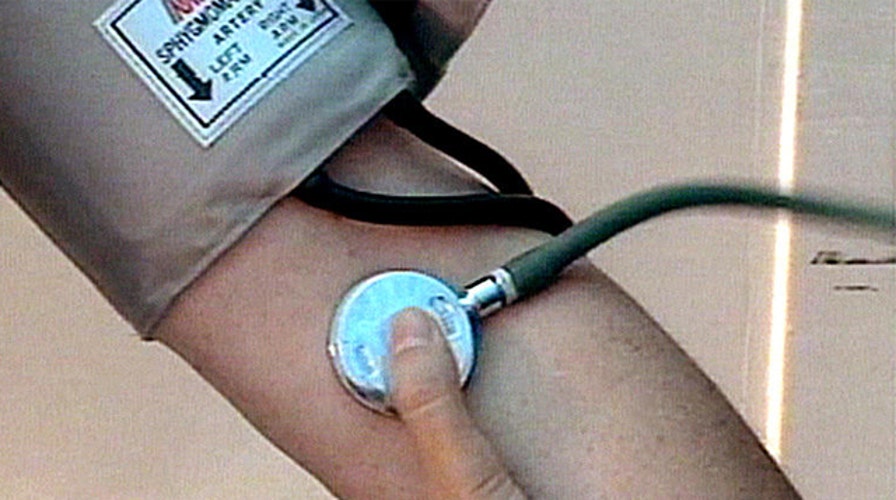Study suggests more aggressive high blood pressure treatment
Researchers recommend new lower blood pressure guidelines
A new study recommends that doctors should take a more aggressive approach to treating high blood pressure.
The study claims that treating high blood pressure more aggressively reduces the risk of heart disease and death. The study comes from the National Institute of Health and the Systolic Blood Pressure Intervention Trial.
There has been controversy in the past regarding the best way to manage hypertension, especially in people who are older. However, the study apparently showed such significantly beneficial results that it was actually stopped a year early in order to make people aware of the findings.
“More intensive management of high blood pressure in people 50 years and older can save lives and reduce cardiovascular complications such as heart attacks,” Dr. Gary Gibbons, director of the NIH's National Heart, Lung and Blood Institute said.
Blood pressure is measured by two numbers: the systolic pressure and the diastolic pressure. The systolic pressure is the top number while the diastolic pressure is the bottom number. The current blood pressure guidelines suggest that the systolic pressure (the top number) should be around 150 to 160. This study recommends that doctors try to keep the systolic pressure should be under at least 120. This is especially true for people over age 50.
High blood pressure key statistics:
• About 70 million American adults have high blood pressure, meaning 1 in every 3 adults
• Only about half of people with high blood pressure have their condition under control.
• Nearly 1 out of every 3 American adults has pre-hypertension (when the blood pressure numbers are higher than normal, but not yet in the range of high blood pressure)
• Women are about as likely as men to develop high blood pressure during their lifetimes.
• However, for people who are younger than 45, high blood pressure affects more men than women. For people 65 or older, high blood pressure affects more women than men.
The study involved more than 9,300 people who were aged 50 and older. The study participants were all at an increased risk for heart disease or kidney disease. Half of the participants received an average of two medications which were supposed to lower their systolic pressure below 140. The other half of the participants received an average of three medications to lower their systolic pressure below 120.
The results showed that the participants who were able to get their systolic pressure below 120 had significant health benefits. Those who got their systolic pressure under 120 had a 25 percent lower risk of death. They also had a 30 percent lower risk of cardiovascular problems such as heart attack and stroke.
"This study provides potentially lifesaving information that will be useful to health care providers as they consider the best treatment options for some of their patients, particularly those over the age of 50,” Gibbons said.

